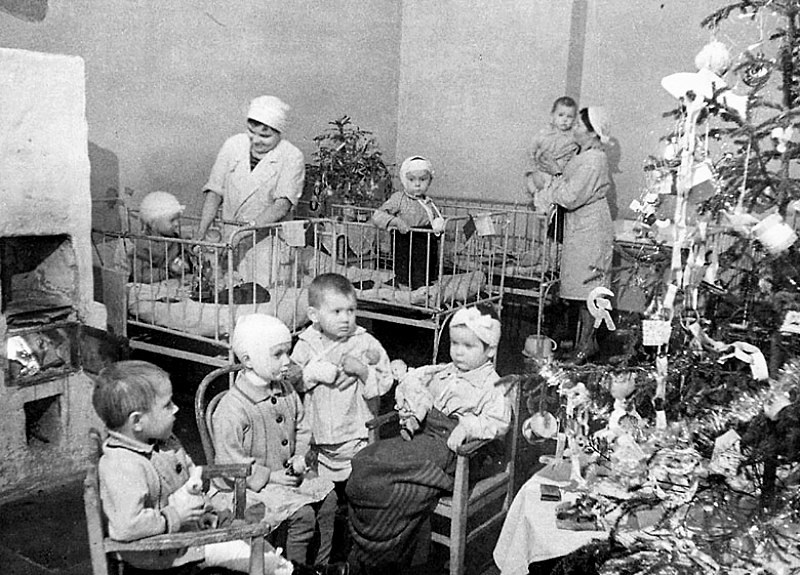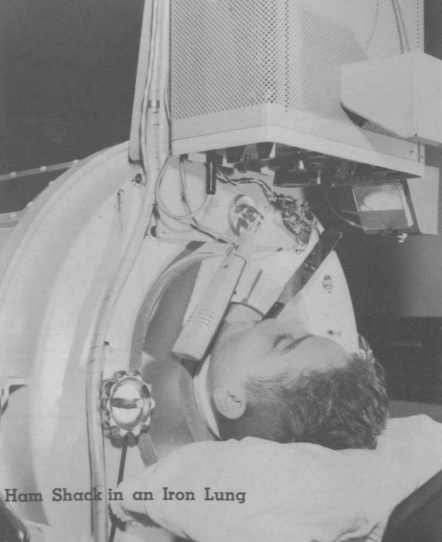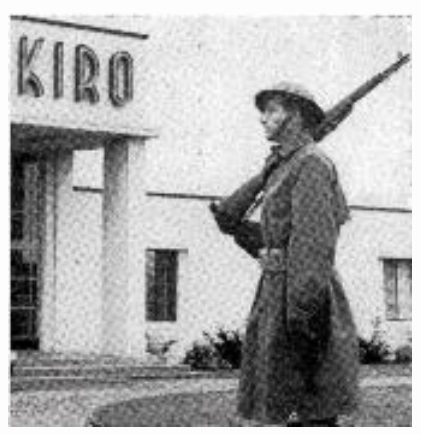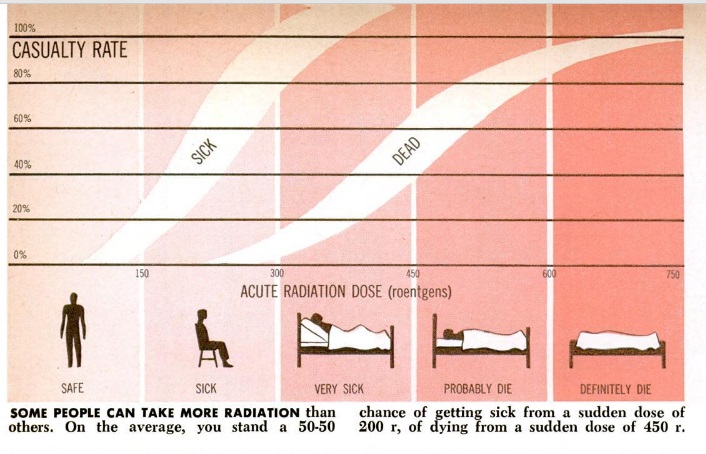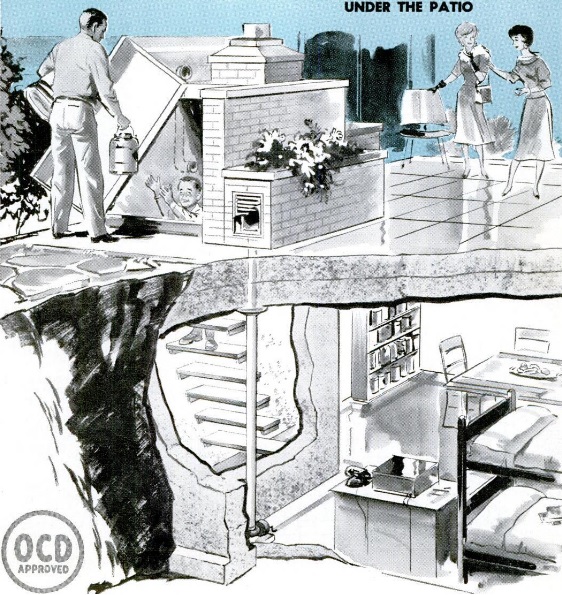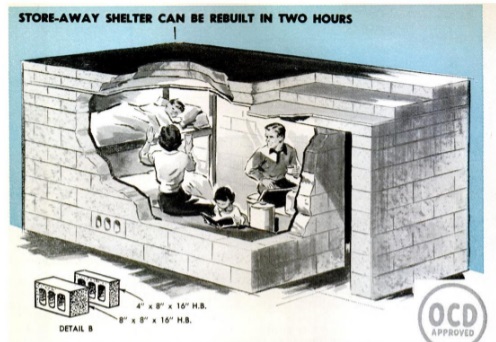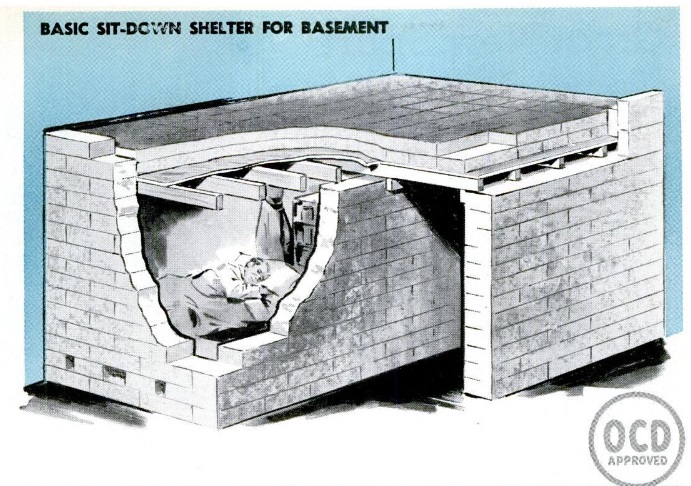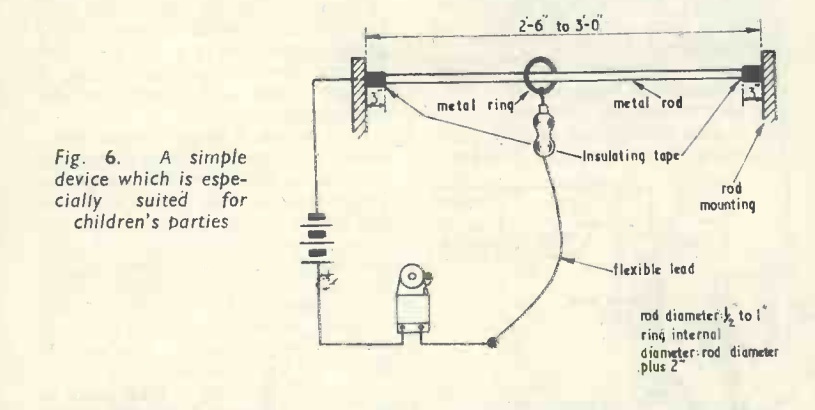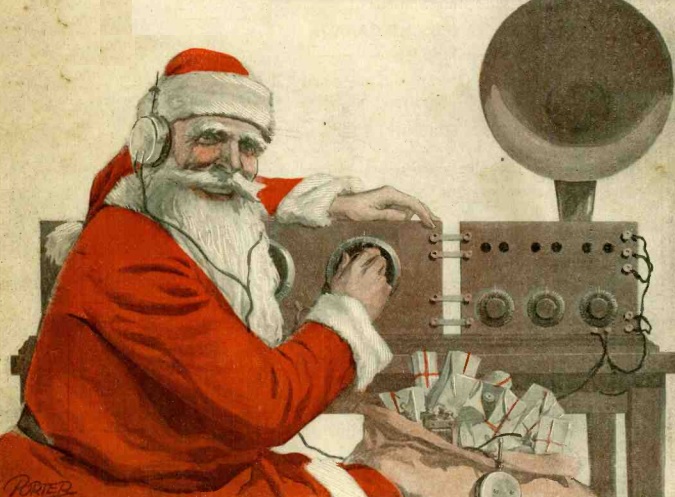Most N95 respirators are intended to be disposed of after a single use. However, during the first months of the COVID-19 pandemic, there were insufficient numbers of respirators for healthcare workers, and strategies for preserving the supplies were necessary. Therefore, the Centers for Disease Control published strategies for reusing masks, rather than disposing of them after each use. Those strategies were published online.
As of May 2021, that agency reported that the supply of approved respirators has increased significantly, and most healthcare facilities should resume conventional practices, namely, disposing of masks after one use.
However, with the increased availability of N95 masks, many consumers are using them for protection outside of the healthcare context. We have previously published a review of some of the available N95 and KN95 masks.
While they are now readily available, the cost might be prohibitive if a whole family wears them all day and then has to dispose of them. Therefore, many consumers may want to employ the same strategies to be able to use a single mask for more than a single use.
I rarely wear an N95 mask for more than a few minutes at a time, and it’s usually in relatively low-risk situations, such as a supermarket. Therefore, it would be extremely expensive to discard it each time. Therefore, I store the mask and re-use it at a later time. I use a procedure similar to these instructions from the North Dakota Department of Health, which show the approved procedure for re-use. Basically, I carefully remove the mask in a brown paper bag until the next use. This video from the University of Nebraska is a good overview of the procedure:
If you are looking for particular masks, I have used and recommend all of the following, all of which are made in the USA. You can view my full review of these masks at this link. (Note that availability varies, but all of these are usually available at Amazon. You may need to search for different colors or different size packages.
Some links on this page are affiliate links, meaning that this site earns a small commission if you make a purchase after clicking on the link.


